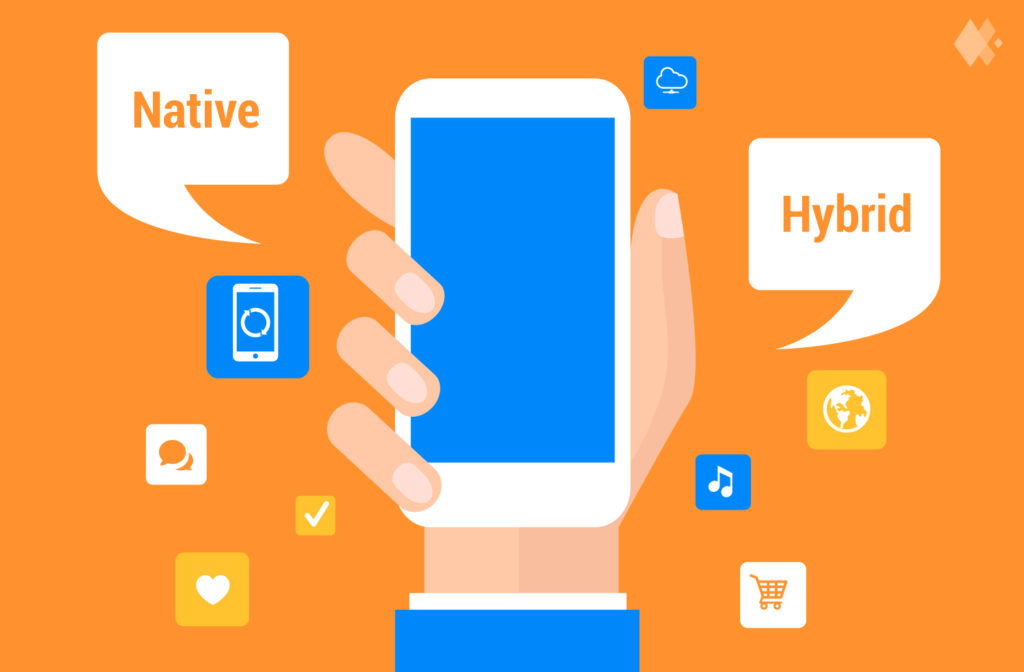In the previous article we have discussed criterias of the mobile application development technology, but this time we willtalk directly about the main topic of our conversation. Particularly, native applications will tern up under our microscopewith its pros and cons. Let’s start!
NATIVE APPLICATIONS
Such applications a called native because, that it was written on the native programming
language of the certain platform. Such language for Android is Java and for iOS is objective-С (recently is also used Swift). As native applications are optimized for specific OS, they perfectly fit into any smartphone, standing out with its highoperating speeds and performance.
Moreover, such apps are able to use all the functionality of a smartpone skillfully and is careful with its battery. Also depending on the native application’s destination, it might partially or fully do without Internet.
JAVA И OBJECTIVE-С
As to programming languages of the native apps, here Java is the most outstanding and popular one. The choice ofAndroid developers is stopped on this type of applications, first of all, because of the big number of opportunities theygive.
As to the programming languages of native applications, here Java is an outstanding one. This choice of Androiddevelopers is based, first of all, on the number of the offered options. In particular, the universality is meanthere,which is manifested in the fact that with its help it is possible to create simple, as well as the large-scale enterprise applications.
Also the tools used for development with help of Java are available on any computer OS, including MacOS and Linux. The same situation is in the testing aspect: it is possible to perform it on any supported device, without thinking about anylimitations. Still, all obvious advantages, abilities of Java impose a high level of responsibility upon developers. Their level of language knowledge supposed to be perfect.
Objective-С, in its turn, very often is used for design in iOS and MacOS X. Also due to the enviable popularity of iOS -devices, the demand for specialists, which have the knowledge of Objective-C, would only grow.In order to develop applications with help of this language, a computer with MacOS X is needed. But in order to placethem in App Store, you would need to have a subscription of the program for developers of the “apples” brand. It’s annualfee is determined by 99 dollars.
If to start comparison of native application development on the Android and iOS basis, we should mention strong andweak sides both of them have. For example, Objective-C has syntax support, due to this it’s possible to solve one oranother issue faster and more accurately, than with Java. The same time Java obtains enormous verbosity. Because ofthis reason it takes a quarter more time, than with iOS. But it doesn’t influence anyhow the fact, that even if the process ofdevelopment differs because of the chosen OS, still the development of native app is many times easier and simpler. As unlike cross-platform and hybrid, “vernacular” applications don’t use an intercalation between the code and and performed file.
PROS OF NATIVE APPLICATIONS:
– The speed of work and performance
– A high level of security
– Extended interface
– Relatively high (as a result high quality) cost of development
– Ultimate high level of functionality
– The ability to work without Internet
– Comfortable in use for the user
CONS OF NATIVE APPLICATIONS:
– The coverage of platforms
– Long term development
– It is needed to produce updates for cosmetic measures




